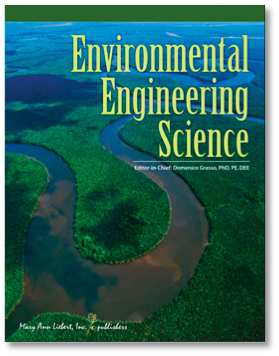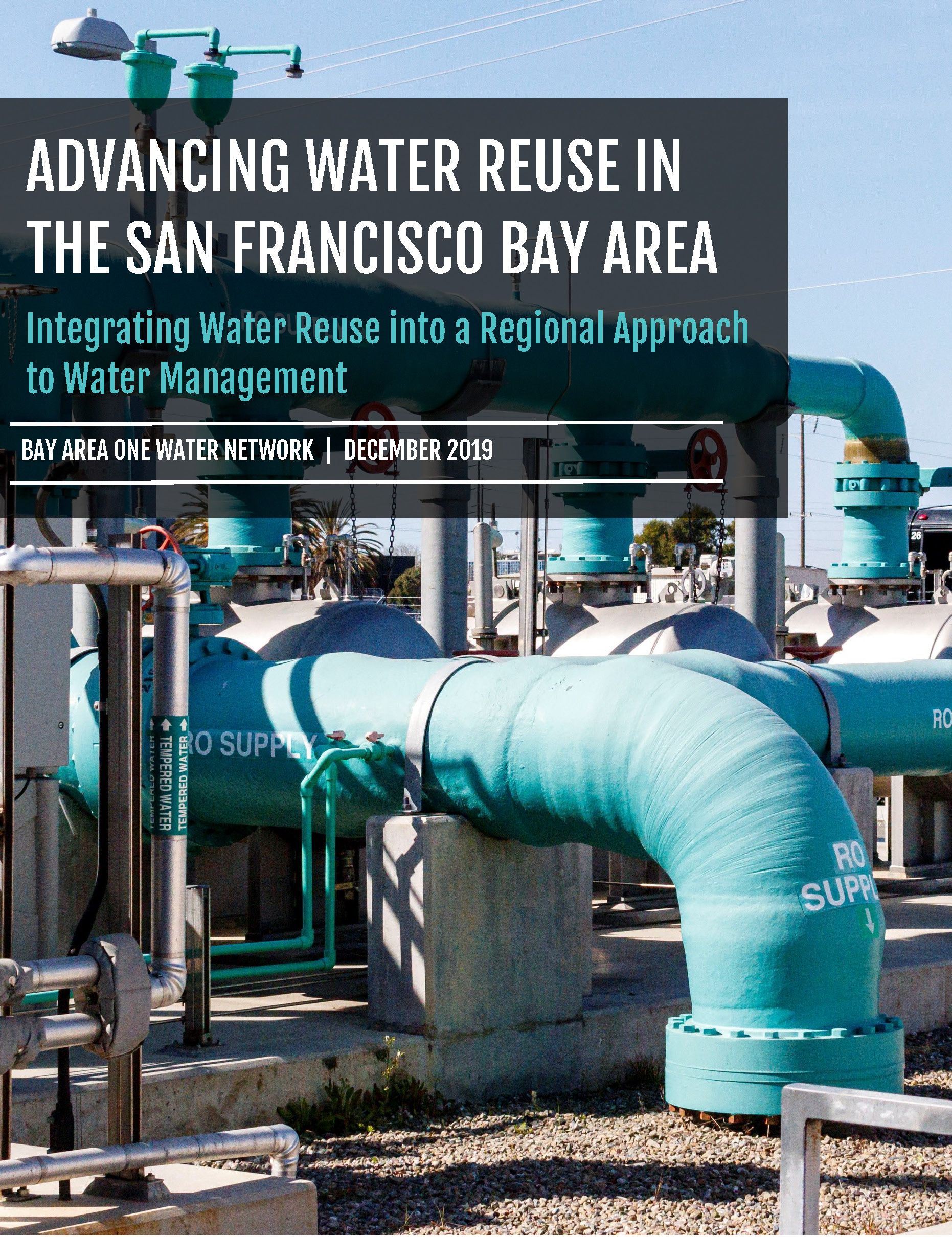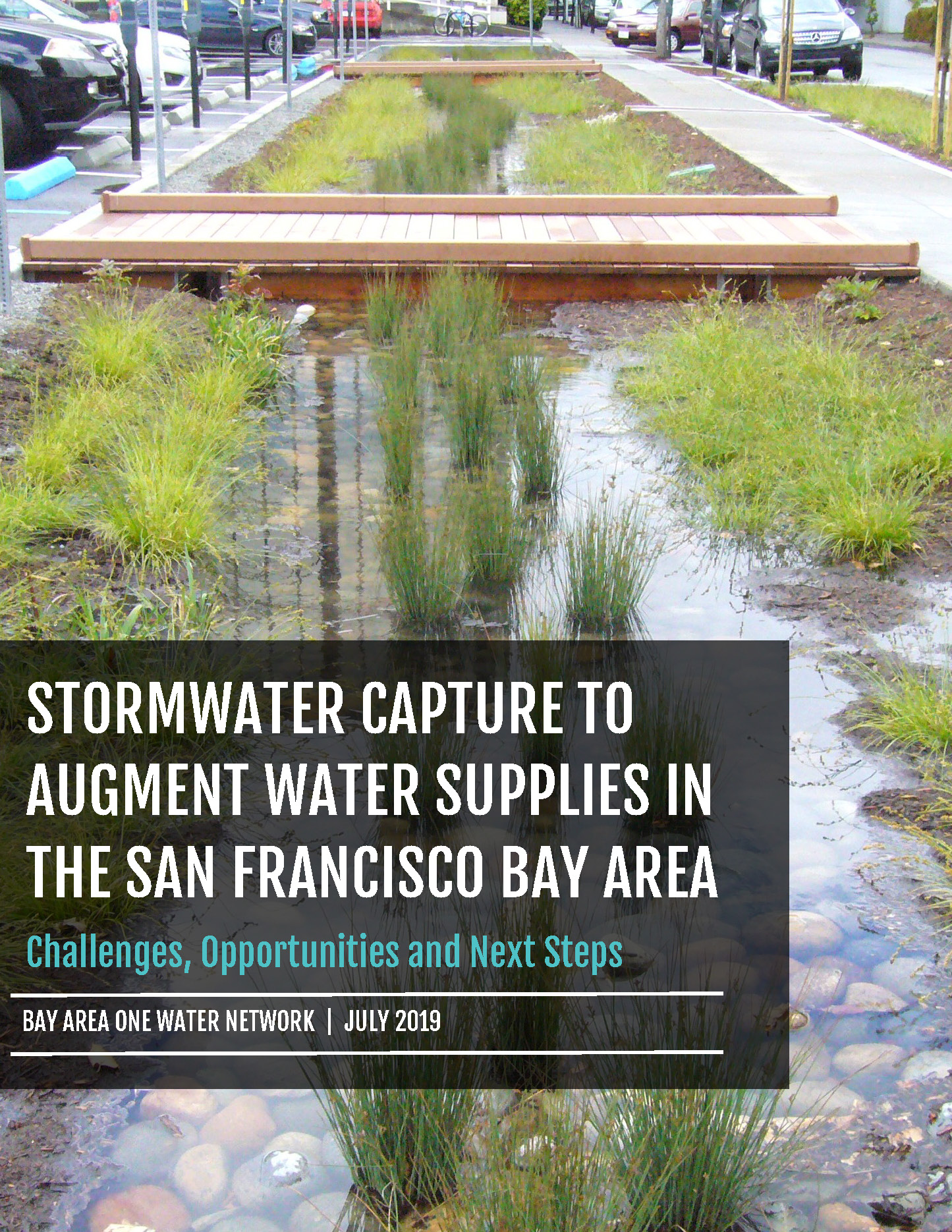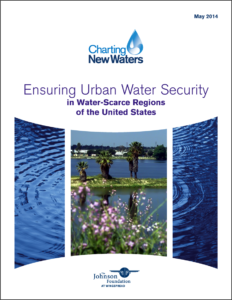Highlights
Reports
Bay Area One Water Network
Advancing Water Reuse in the San Francisco Bay Area : Integrating Water Reuse into A Regional Approach to Water Management
Released July 17, 2020
This report is the second in a series of documents developed by the Bay Area One Water Network to assess options for advancing water system sustainability, resilience and security in the San Francisco Bay Area. This report presents the findings from a two-day workshop focused on water reuse opportunities and challenges in the Bay Area, held in Berkeley, California on December 17-18, 2019. View the full report here.
Bay Area One Water Network
Stormwater Capture to Augment Water Supplies in the San Francisco Bay Area: Challenges, Opportunities and Next Steps
Released March 12, 2020
This report is the first in a series of documents developed by the Bay Area One Water Network to assess options for advancing water system sustainability, resilience and security in the San Francisco Bay Area. This report presents the findings from a two-day workshop focused on stormwater capture for augmenting urban water supplies, held in San Francisco, California on July 25-26, 2019. By sharing lessons learned, showcasing successes and identifying best practices, we aim to provide decision makers with tools to meet the Bay Area’s future water needs. View the full report here.
Guidelines for the Design and Operation of Unit-process, Open-water Wetlands
Released March 21, 2019
ReNUWIt has developed a guidance document for the design and operation of unit-process, open-water (UPOW) wetlands, which are natural systems designed to promote photo- and biologically-mediated water treatment processes. This document synthesizes the findings of recent research on the main treatment mechanisms and performance that occur in UPOW wetlands and provides recommendations for the operation and maintenance of these systems. View the full guidance document here.
Mainstreaming Potable Water Reuse in the United States:
Strategies for Leveling the Playing Field
Released April 24, 2018
ReNUWIt, the US EPA, and The Johnson Foundation at Wingspread offer solutions for leaders across the country to overcome institutional barriers to using highly treated wastewater for drinking water supply augmentation.
Past Reports
Charting New Waters: Ensuring Urban Water Security in Water-Scarce Regions of the United States
Released May 2014
On December 11-13, 2013, The Johnson Foundation at Wingspread, along with partner ReNUWit, convened experts from different parts of the country to discuss the implications of chronic and episodic water scarcity on our nation's water infrastructure – with the goal of moving beyond the "case-by-case" conversation to one about how cities can transform their infrastructure and management strategies. The resulting report identifies key principles of water security and explores components of good strategy and innovative water supply options while building the case for transformation.

Environmental Engineering Science
Special Issue: Reinventing Urban Water Infrastructure
Volume 30, Issue 8 / August 2013
This Special Issue of Environmental Engineering Science includes an introduction and seven review papers by ReNUWIt researchers about reinventing urban water infrastructure.
- Introduction: Reinventing Urban Water Infrastructure
- The Innovation Deficit in Urban Water: The Need for an Integrated Perspective on Institutions, Organizations, and Technology
- Integration of Artificial Recharge and Recovery Systems for Impaired Water Sources in Urban Settings: Overcoming Current Limitations and Engineering Challenges
- Unit Process Wetlands for Removal of Trace Organic Contaminants and Pathogens from Municipal Wastewater Effluents
- Engineered Infiltration Systems for urban Stormwater Reclamation
- Renewing Urban Streams with Recycled Water for Streamflow Augmentation: Hydrologic, Water Quality, and Ecosystem Services Management
- Hyporheic Zone in Urban Streams: A Review and Opportunities for Enhancing Water Quality and Improving Aquatic Habitat by Active Management
- Critical Review of Desalination Concentrate Management, Treatment, and Beneficial Use





